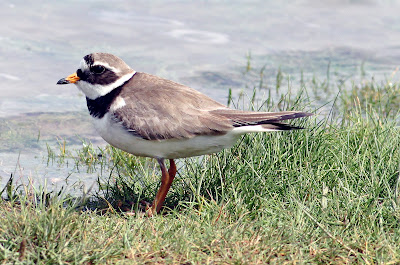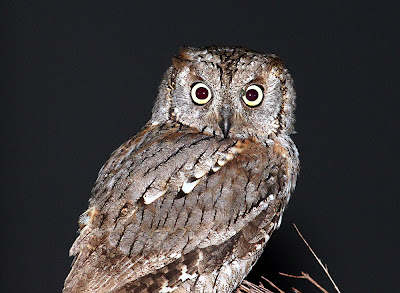Almost a week without a post on Another Bird Blog whereby the weather has been unfit for birding, ringing or photography and the month of June heading for records highs of wind and rain. So this Sunday morning I vowed to get out birding and let the weather do its worst.
It started off the same, heavy threatening cloud and windy, but just good enough for birding. I set off early for Pilling and immediately noticed a Police helicopter circling overhead, then just down the lane I came upon the boys-in-blue examining an abandoned car which blocked the road ahead. Seemingly the joyriders had escaped to vanish somewhere over the horizon, no doubt to then spend the morning playing hide and seek with the cops. Me, I’d sooner be birding.
I turned the car around and made a detour over Stalmine Moss then across Union Lane towards Pilling, a route which proved fortuitous when alongside Union Lane I saw Kestrel, Buzzard and then a breakfasting Barn Owl. The cold, miserable morning didn’t help any Swallows to find food and I photographed one on a roadside fence where I employed ISO1600.
Barn Owl
Swallow
Eventually I reached Fluke Hall Lane and Lane Ends for my usual circuit just as the clouds began to part, the light improved and I switched to ISO400.
Lane Ends to Pilling Water: Blackcap, Reed Warbler, 3 Grey Heron, Reed Bunting, 3 Corn Bunting, 5 Greenfinch, 6 Linnet, 3 Pied Wagtail, 1 Sparrowhawk.
Whitethroats were out in force with 14 singing males between Lane Ends and Ridge Farm to the south of Fluke Hall. A pair of roadside Lapwings had 2 large chicks, from their size probable flyers. Some of the Lapwings which suddenly appear with young have brought them from fields just inland so as to gradually make their way out to the marsh.
Whitethroat
Lapwing - Juvenile
Along Fluke Hall Lane Tuesday’s Oystercatcher stood sentinel on the same roadside telegraph pole where it but not I had a good view of youngsters in the next field.
Oystercatcher
Burned House Lane now, not far from home, where the police, the helicopter, the smashed-up car and the bad boys had long gone but a Lesser Whitethroat in song provided a fitting end to my few hours of birding.














































.jpeg)










.jpg)












